Pope Francis will be put to rest on Saturday in a ceremony that reflects his goals as pope and wishes as pastor. Presidents and princes will attend his burial in St. Peter’s Square, while prisoners and migrants will accompany him to the basilica where he will be buried.
The burial, which Francis orchestrated himself while revising and simplifying the Vatican’s ceremonies and customs last year, is anticipated to draw up to 200,000 people. According to the Vatican, his goal was to emphasise the pope’s vocation as a humble priest rather than “a powerful man of this world. "
It reflected Francis’ 12-year project to restructure the papacy, emphasise pastors as servants, and build “a poor church for the poor.” It was a mission he defined only days after his 2013 election, as well as the name he selected as pontiff in honour of St. Francis of Assisi, “who had the heart of the poor of the world,” according to the official decree of the pope’s life, which was put in his coffin Friday night.
Still, the powerful will be in attendance on Saturday. U.S. President Donald Trump, French President Emmanuel Macron, the U.N. chief and European Union leaders are joining Prince William and the Spanish royal family in leading official delegations. Given Francis’ Argentine nationality, Argentine President Javier Milei had pride in him, even if the two didn’t get along well, and Francis alienated many Argentines by never going home.
Francis will be buried in the St. Mary Major Basilica, near Rome’s major train station, in a modest subterranean tomb with only his name: Franciscus. As many as 300,000 people are expected to line the 4-kilometre (2.5-mile) procession route that will transport Francis’ casket from the Vatican through Rome’s centre to the basilica following the burial.
Francis, the first Latin American and Jesuit pope, died on Easter Monday at the age of 88 following a stroke while at home recuperating from pneumonia.
With his funeral, preparations can now begin in earnest for the centuries-old process of electing a new pope, which is expected to begin in the first week of May.
In the interim, the Vatican is being run by a handful of cardinals, key among them Cardinal Giovanni Battista Re, the 91-year-old dean of the College of Cardinals who is presiding at the funeral and organising the secret voting in the Sistine Chapel.
Crowds waited hours in line to pay their respects to Francis
Over three days this week, more than 250,000 people stood for hours in line to pay their final respects while Francis’ body lay in state in St. Peter’s Basilica. The Vatican kept the doors open through the night to accommodate them.
“He was an excellent, humble person who changed many laws and always for the better,” said a pilgrim from his native Argentina, Augustin Angelicola, as he waited in line. “Now it is a sad thing for the whole world that all this has happened. We did not expect it, it had to happen but not so soon.”
But even with the expanded hours, it wasn’t enough. When the Vatican closed the doors to the general public at 7 pm on Friday, mourners were turned away in droves.
A special relationship with the basilica
Even before he became pope, Francis had a particular affection for St. Mary Major. It is home to a Byzantine-style icon of the Madonna, the Salus Popoli Romani, to which Francis was particularly devoted, such that he would go pray before it before and after each of his foreign trips as pope.
He decided to have his tomb located in a niche next to the chapel housing the icon, with a reproduction of his simple silver pectoral cross over the marble tombstone.
The choice of the basilica is also symbolically significant given its ties to Francis’s Jesuit religious order. St. Ignatius Loyola, who founded the Jesuits, celebrated his first Mass in the basilica on Christmas Day in 1538.
The Vatican said 40 special guests would greet his casket on the piazza in front of the basilica, reflecting the marginalised groups Francis prioritised as pope: homeless people and migrants, prisoners and transgender people.
“The poor have a privileged place in the heart of God,” the Vatican quoted Francis as saying in explaining the choice. The actual burial will be private, presided over by cardinals and a few close aides.
Italy is deploying more than 2,500 police and 1,500 soldiers to provide security, which also includes stationing a torpedo ship off the coast and putting squads of fighter jets on standby, Italian media reported.


)
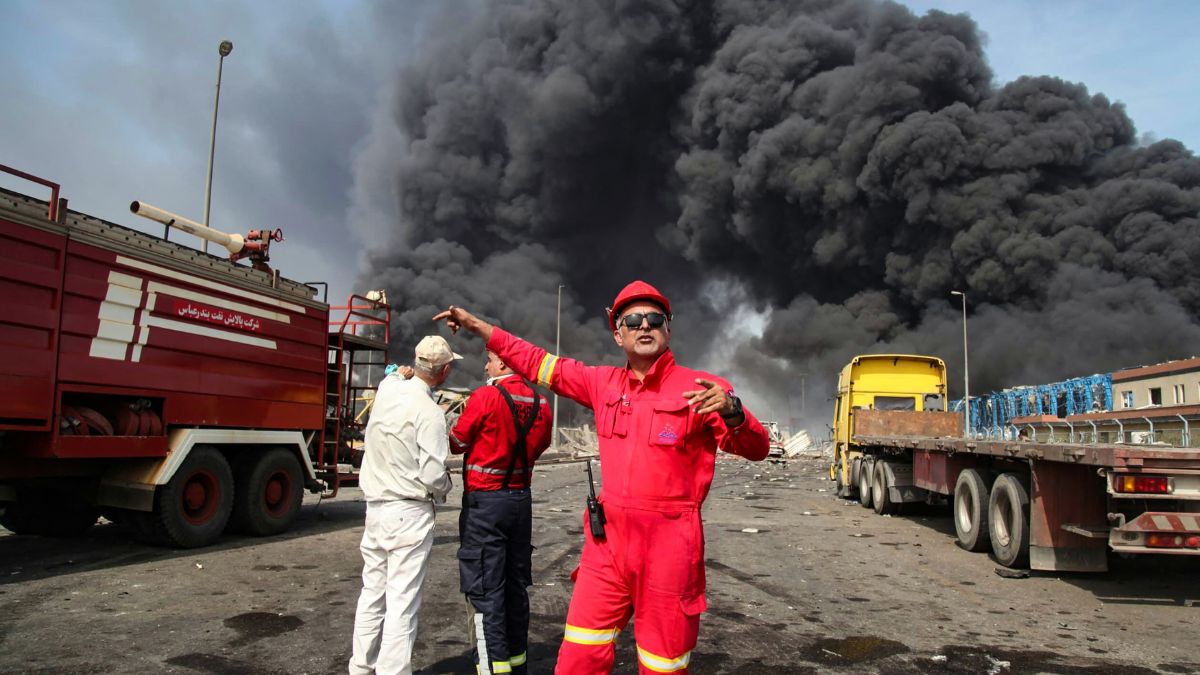)
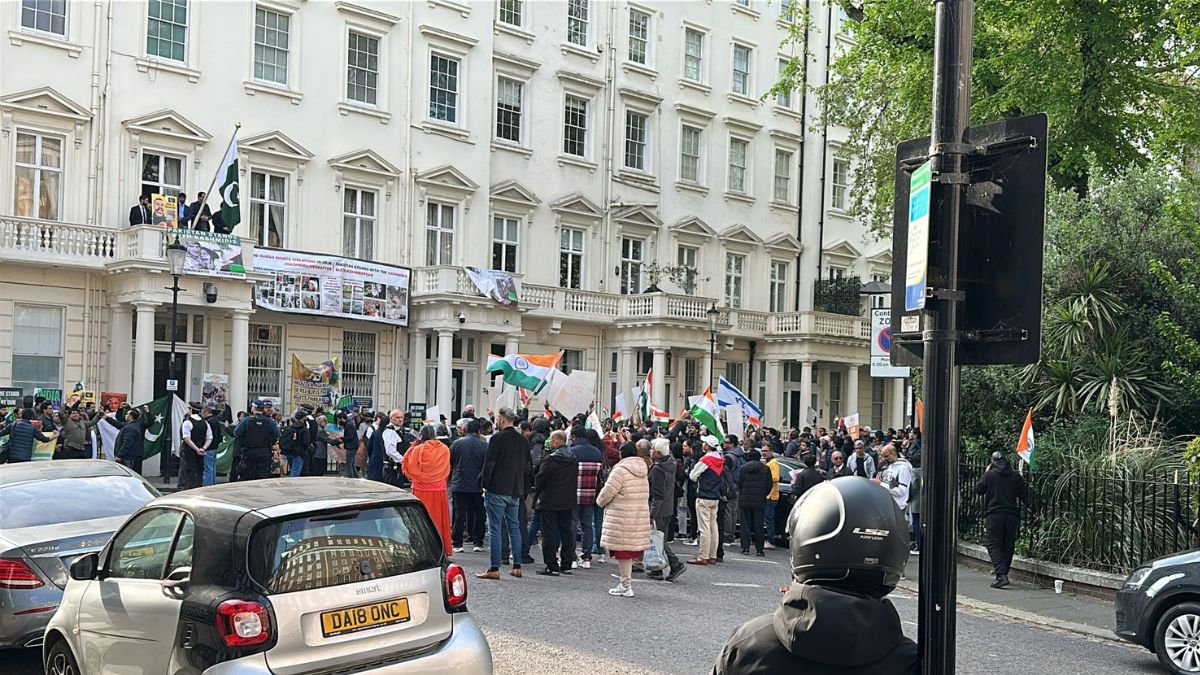)
)
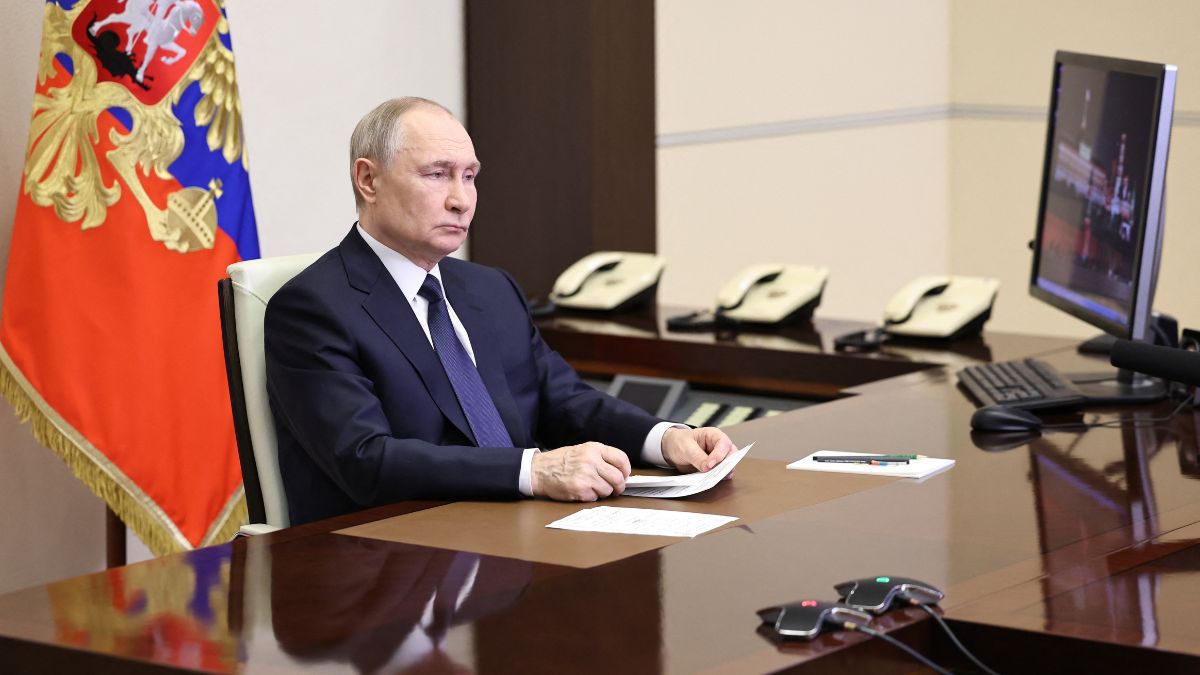)
)
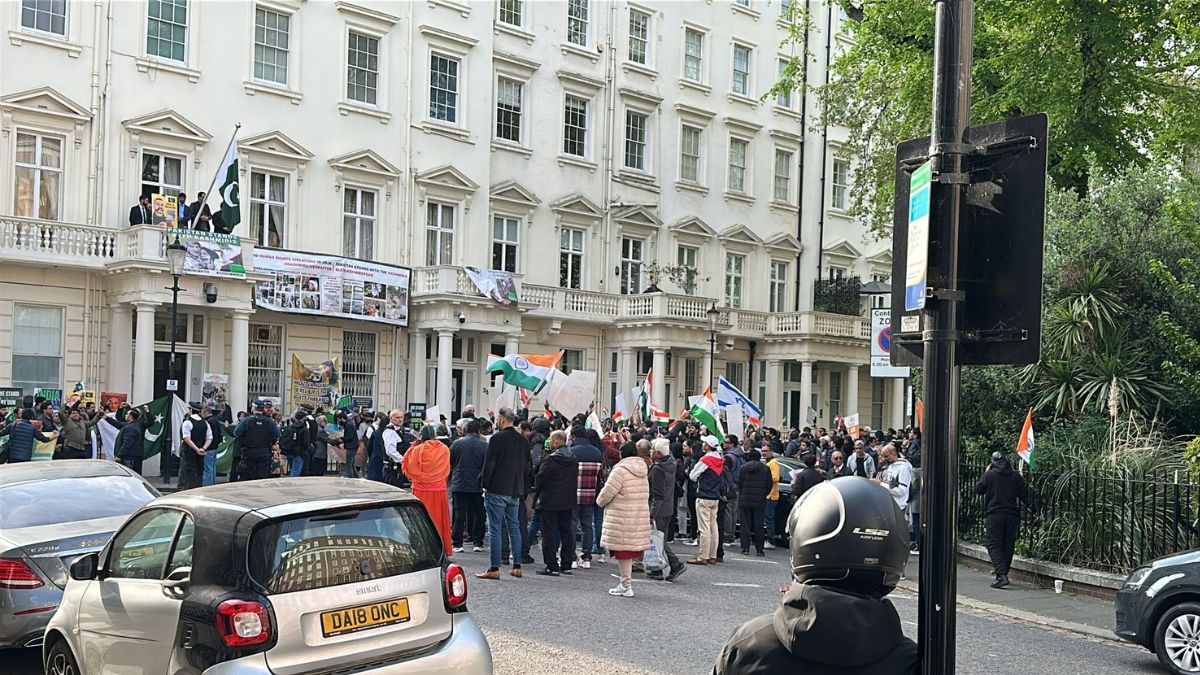)
)
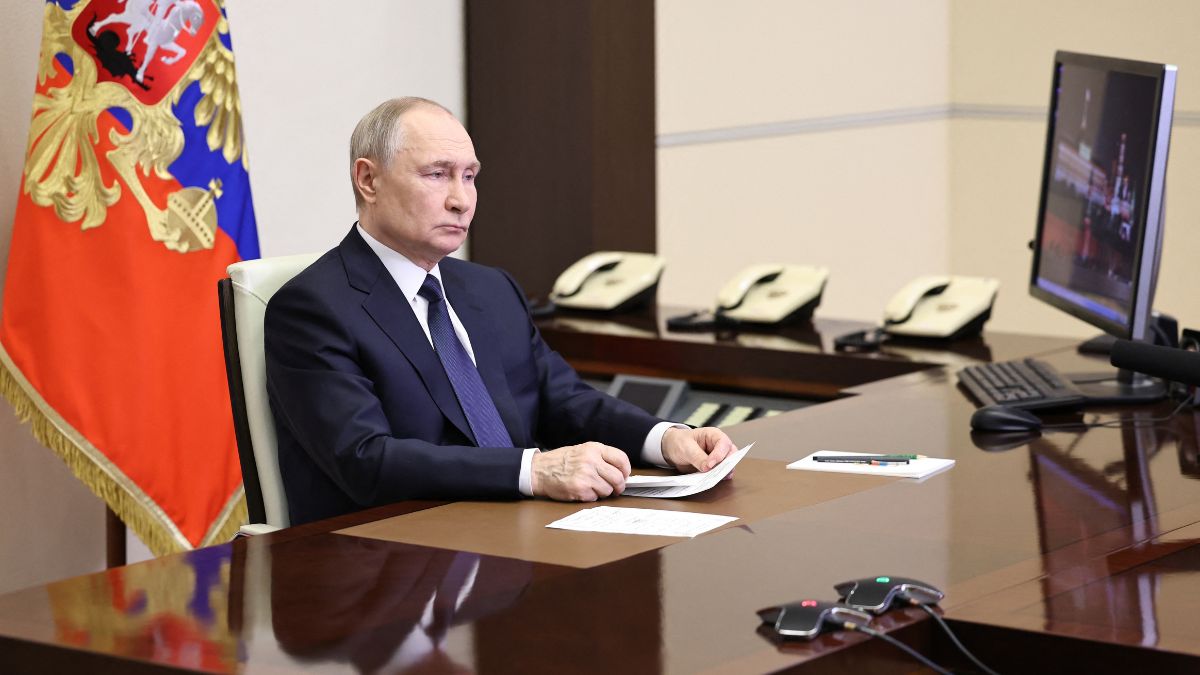)